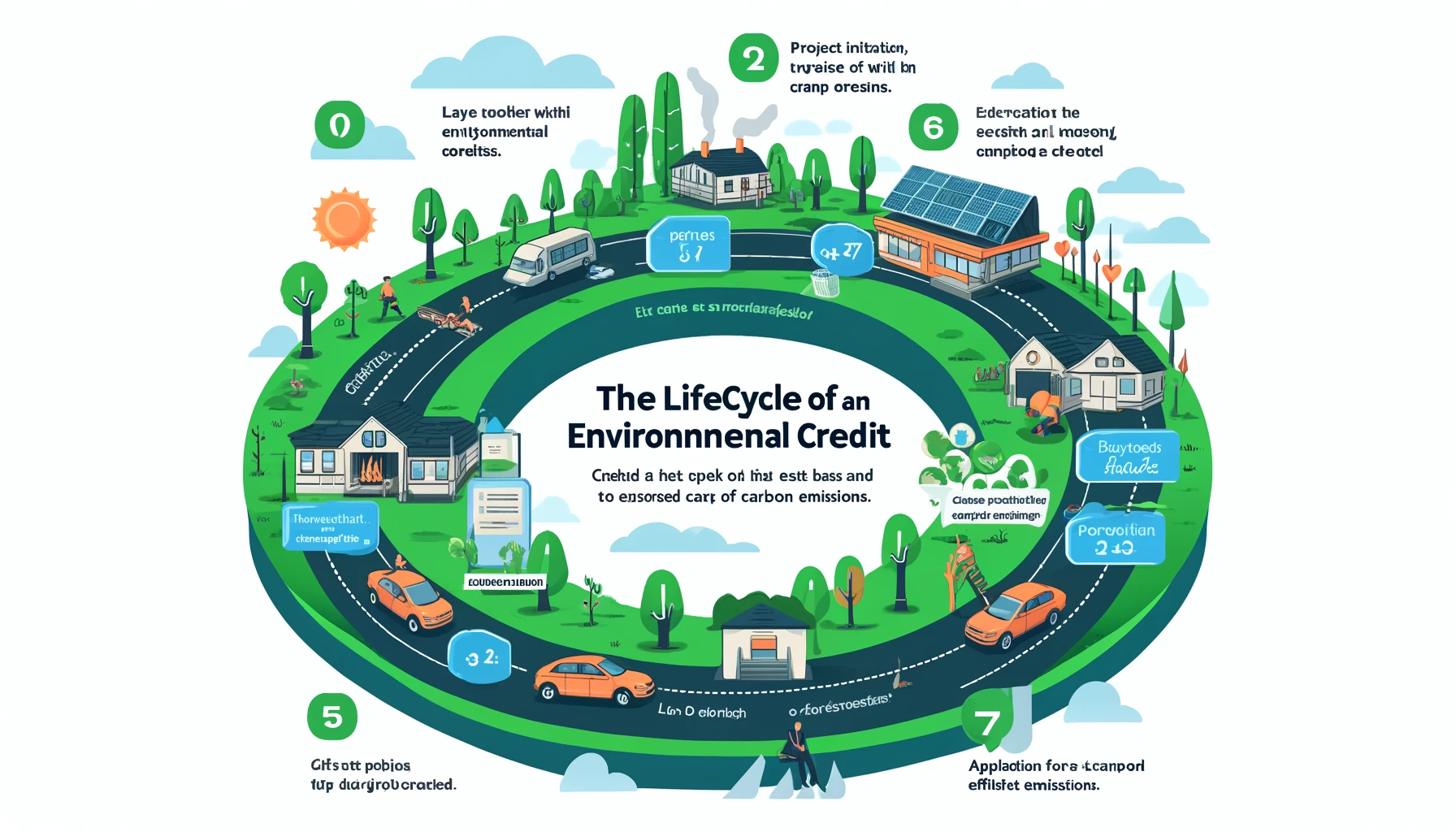
Your First Step Towards Science-Based Sustainability
Introduction
In the journey toward sustainability, environmental credits emerge as a pivotal tool, empowering businesses to extend their impact beyond immediate operational boundaries. These credits represent a tangible measure of environmental benefit, directly contributing to global efforts to combat climate change and enhance biodiversity. As we delve into the world of environmental credits, we initiate a dialogue on their fundamental role in achieving science-based sustainability goals.
What Are Environmental Credits?
Environmental credits are certificates that represent a specific environmental action or benefit, such as the reduction or removal of one ton of carbon dioxide from the atmosphere or the conservation of a biodiverse habitat. These credits can be purchased by organizations to offset their environmental footprint, fostering a market-driven approach to ecological conservation.
Why Environmental Credits?
- Mitigate Climate Change: By investing in projects that reduce greenhouse gas emissions, companies can counterbalance their own emissions, contributing to global climate action.
- Promote Biodiversity: Purchasing credits from biodiversity projects supports the protection and restoration of vital ecosystems, ensuring the preservation of our planet’s rich biodiversity.
- Support Renewable Energy: Renewable energy credits help finance the development and expansion of clean energy projects, reducing reliance on fossil fuels and lowering global carbon emissions.
Environmental Credits and the Science Based Targets initiative (SBTi)
The Science Based Targets initiative (SBTi) encourages companies to set emissions reduction targets in line with the latest climate science. Environmental credits play a crucial role in this framework, offering a pathway for organizations to achieve their science-based targets by funding external environmental projects that align with their sustainability objectives.
Visuals
- Infographic: “The Lifecycle of an Environmental Credit”
- Diagram: “How Environmental Credits Support SBTi Goals”
Understanding the Impact
As we explore the multifaceted world of environmental credits, it’s essential to recognize their impact on corporate sustainability strategies. By aligning credit purchases with science-based targets, companies can ensure their contributions toward climate action are both meaningful and measurable.
Next Steps
Embarking on the path to sustainability through environmental credits demands a thorough understanding of different credit types, their verification processes, and how they can be integrated into broader sustainability strategies. As we proceed, we’ll delve deeper into these aspects, guiding you through the complexities of environmental credits and their role in achieving your sustainability goals.
Interactive Element
- Quiz: “Test Your Knowledge: Environmental Credits Basics”
Conclusion
Understanding environmental credits is the first step towards leveraging them effectively within your sustainability strategy. By aligning these efforts with science-based targets, your organization can contribute to meaningful and impactful environmental conservation. Stay tuned as we unfold the intricacies of selecting, verifying, and implementing environmental credits in alignment with the Science Based Targets initiative.
